
Watch
Climate change, biodiversity loss, forest destruction, plastic waste, and air pollution are global problems. Watch this selection of movies and documentaries to see what dramatic effects they have on our environment.
International Documentaries
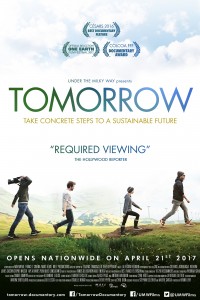
TOMORROW (Demain)
After a special publication announcing the possible extinction of a part of humankind before the end of the 21st century, Cyril Dion and Mélanie Laurent carried out an investigation in ten different countries to figure out what might lead to this disaster and above all how to avoid it. Showing solutions and telling a feel-good story, this may be the best way to solve the ecological, economic, and social crises that our countries are going through.
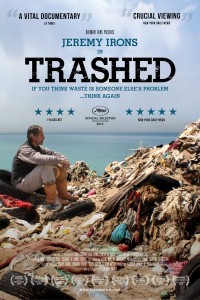
TRASHED
Jeremy Irons sets out to discover the extent and effects of the global waste problem, as he travels around the world to beautiful destinations tainted by pollution. Visually and emotionally, the film is both horrific and beautiful: an interplay of human interest and political wake-up call. This is a meticulous and brave investigative journey that takes Irons from skepticism to sorrow and from horror to hope.

ISLE OF FLOWERS (Ilha das Flores)
Isle of Flowers tracks the path of a tomato from garden, to supermarket, to kitchen, to trash bin, to dump, to pigs and to the poor with the help of a monotone voiceover and a collection of bizarre images. Although a very humorous film, the message it delivers about how human beings treat each other is anything but.

AN INCOVINIENT TRUTH
Oscar-winning documentary about the environment featuring the unlikeliest of movie stars. Former presidential candidate Al Gore holds this film together as, in front of an audience and with few aids beyond photo slides, he explains how humans have messed up the planet. Gore issues an urgent warning on what must be done, and done quickly, to save the Earth. Oscar-winning documentary about the environment featuring the unlikeliest of movie stars. Former presidential candidate Al Gore holds this film together as, in front of an audience and with few aids beyond photo slides, he explains how humans have messed up the planet. Gore issues an urgent warning on what must be done, and done quickly, to save the Earth.
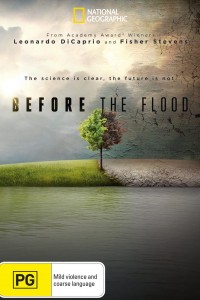
BEFORE THE FLOOD
Before the Flood features Leonardo DiCaprio on a journey as a United Nations Messenger of Peace, traveling to five continents and the Arctic to witness climate change firsthand. He goes on expeditions with scientists and meets with political leaders fighting against inaction. He also discovers a calculated disinformation campaign orchestrated by powerful interests working to confuse the public about the urgency of the growing climate crisis. With unprecedented access to thought leaders around the world, DiCaprio searches for hope amid a rising tide of catastrophic news.

ONCE UPON A FOREST (Il était une foret)
For the first time, a tropical forest will be born before our eyes. From the first growth to the flowering of giant trees, from the canopy to the development of hidden links between plants and animals, no less than seven centuries will pass before your eyes. Once Upon a Forest offers an exceptional dive into this wild world, which remains in its original state, in perfect balance, and where each organism, from the smallest to the largest, plays an essential role.

THE MAN WHO PLANTED TREES (L’homme qui plantait des arbres)
A film adaptation of Jean Giono’s 1953 book, The Man Who Planted Trees contains in its 30-minute runtime one of cinema’s most beautiful and touching stories. It tells the story of one shepherd's long and successful single-handed effort to reforest a desolate valley in the foothills of the Alps in Provence throughout the first half of the 20th century. The story is a rich example of how much difference one person can make.

HOME
In 200,000 years of existence, humankind has broken the balance on which the Earth has lived for 4 billion years. Global warming, depletion of resources, extinction of species: humanity has endangered its own home. With aerial footage from 54 countries, Home shows that the Earth's problems are all interlinked due to the pressure humanity has placed on the environment.
Myanmar Documentaries
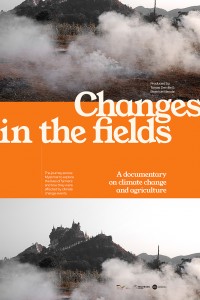
Changes in the fields
Changes in the Fields is an environmental feature documentary following the lives of farmers in Myanmar and explores the challenges they face that are exacerbated by climate change. Agriculture is one of the most vulnerable sectors to the impacts of climate change. As we interview farmers in different parts of Myanmar, we discover how their daily lives are affected by a changing climate. This documentary reveals the devastating impacts of climate change on agriculture, and offers a path towards sustainable practices for a growing population.
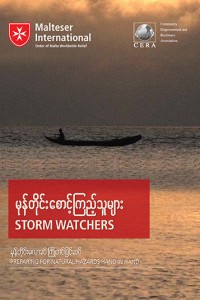
Storm Watcher
Myanmar is the world's second most vulnerable country to extreme weather events. Every year, coastal communities in Rakhine State face cyclones and disastrous flooding. Between 2013-2018, CERA and Malteser International supported vulnerable communities to prepare for natural hazards. This film shows the benefits of Disaster Risk Reduction (DRR) activities and climate change adaptation from the perspectives of beneficiaries. Through three stories, Rakhine villagers give a first-hand account on the most significant changes brought to their lives. The stories reveal the importance of being prepared and empowered, of working together, of greater inclusion and of improved livelihoods.
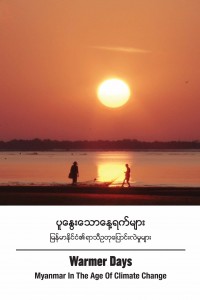
Warmer Days: Myanmar in the age of climate change
Myanmar is one of the most affected countries in the world by the negative effects of climate change. Events such as Cyclone Nargis, which killed more than 130,000 people, heatwaves in 2010, large floods in 2015 have disastrous impact on lives and economy of the country. Climate change increase the intensity and likelihood of these events. But there is also an invisible, treacherous side to climate change, which is transforming society. Sea-level is rising, salinizing water sources and farmlands; increased temperatures are affecting agriculture, pushing many to migrate. From the Delta area to to the mountains in the North, climate change threatens the way of life of Myanmar, and its development. But there are ways to adapt: through research, smart investment, planning, new agriculture and engineering, awareness. Myanmar's people can live and even thrive in the age of warmer days.
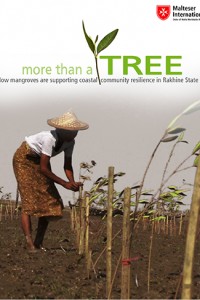
More Than A Tree
Every year, coastal communities in Rakhine State, on the north-western coast of Myanmar are exposed to threat of floods and cyclones. Between 2008 and 2011, Malteser International and Mangrove Service Network (MSN) helped two villages in Sittwe Township to plant and grow over 18,000 mangroves -- thus safeguarding the lives of more than 3,000 people.
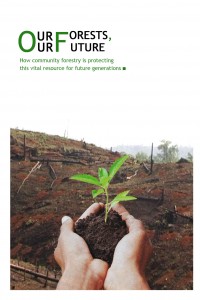
Our Forest, Our Future
The Forestry Department target is to award 313,123 hectares of land to local communities by 2020. Project Officer U Aung Tsen of Shalom Foundation discusses how this non-governmental organisation is supporting U Kam Shawng and other community leaders to try to make this target a reality and promote sustainable timber farming.
